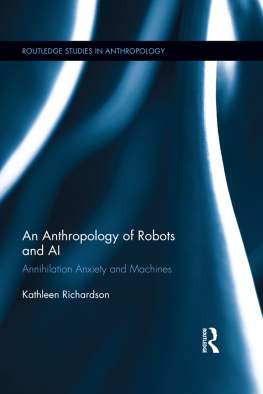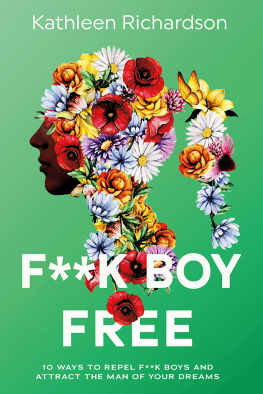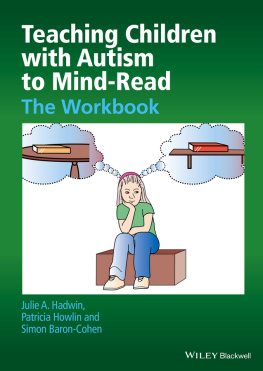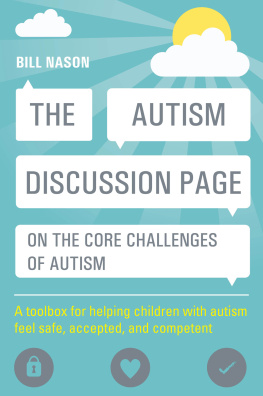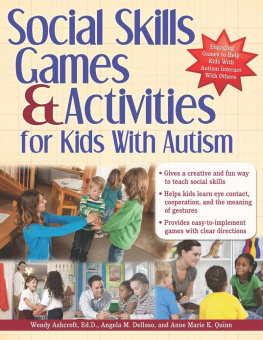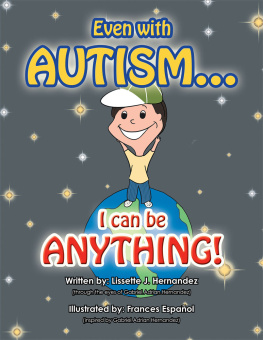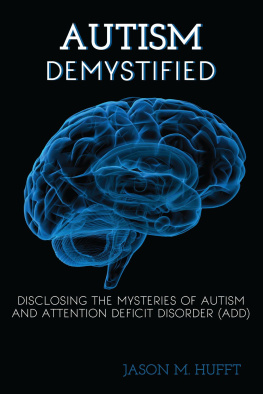1. Introduction: Challenging Sociality
1.1 Autism and the Machine
Social interaction and communication are central features of human sociality, but could robotic machines be social? And what of those diagnosed with autism? What kinds of lifeworlds emerge for those who struggle to grasp the complexity of social interaction? What does sociality mean for those humans who find social interaction, so necessary for survival and happiness, confusing and difficult? This book explores the role of intermediaries designed to therapeutically help children with autism develop social skills. In the early twenty first century we are on the cusp of a new technologically mediated sociality, whereby robots (anthropomorphic machines) are produced to substitute humans in interpersonal relationships. As anthropomorphic robots take on these roles, particularly in fields such as healthcare, robots are increasingly being used as therapeutic tools for helping adults and children with mental health, physical or social conditions. These social robots, humanlike in appearance and behaviour, are used as therapeutic tools for children with autism, and this reveals something about human-robotic imaginings.
Human relationships are characterised by a developmental awareness of human socialitythat is an ability to make sense of, and form, reciprocal social attachments with others. Children with autism, at least according to the psychological science literature, display difficulties in developing social awareness of others and experience difficulty in forming attachments , even to their primary caregivers (with whom human beings typically develop their core early relationships). Children with autism have difficulty reading the social cues of others. Thus they may struggle to maintain eye-contact, read facial expressions and understand their own feelings. Children with autism are also said to prefer objects to other persons. When Leo Kanner first described autism in his 1943 paper, he noticed the interest in the physical world displayed by these children. The childrens desire for aloneness was connected to their interest in objects, he suggested.
The outstanding, pathognomonic, fundamental disorder is the childrens inability to relate to themselves in the ordinary way to people and situations from the beginning of life . (Kanner , p. 242)
Kanner continued along these lines, conflating the particular relationship the children expressed to objects with their aloneness:
Objects that do not change their appearance and position, that retain their sameness and never threaten to interfere with the childs aloneness, are readily accepted by the autistic child. He has a good relation to objects. (p. 246)
Though research in autism studies has developed significantly since the 1940s, the two main features of Kanners argumentan inability to relate and a good relation to objectsunderlie the arguments for using anthropomorphic robots to help children with autism develop social behaviours.
In what follows, I explore how machines that take on anthropomorphic forms in the guise of robots are used to help children with autism develop sociality. To understand how robots can take on these roles for children with autism, it is necessary to understand both the psychiatric context in which autism is understood as a specific kind of condition, and the field of social robotics. Though the field of social robotics is shaped differently from this psychiatric context, the two fields have formed a partnership around the topic of autism.
Autism and social robots encourage us to rethink the meaning of the social in contemporary anthropological theorising and in robotics. What model of the social is employed in these narratives? What kind of relationship is invoked through these meanings? The intermediaries that I study are primarily humanoid robots, but also toys, computer programmes and cartoon animations.
I will explore how intermediaries are developed to bridge this divide between the social and asocial fields. But I suggest that the mechanical models of the social that underscore Euro-American biomedical psychiatry must be understood before the argument that machines can help children with autism is accepted.
The data that informs my project comes from two years of participant observation and interviews with autism experts (including psychiatrists, educationalists and roboticists ), and my participation in a unique psychological experiment exploring the effectiveness of a humanoid robot for helping children with autism develop social behaviours. The experiment was conducted at a specialist school for children with autism. I have also spent additional years observing how the field of autism and robots has grown and changed through my role as an ethics advisor on a European project called DREAM (Development of Robot-Enhanced Therapy for Children with Autism Spectrum Disorders).
The ethnographic and experimental data that is written about in this book is from research material collected during my British Academy Postdoctoral Fellowship (20092012), held at University College London. As part of this research I participated in an experiment testing the effectiveness of a robot for children with autism. The experiment was conducted over three months in 2011. The experiment was designed by an autism expert, and a robot for the experiment was provided by the robotics group at a British university. The experiment involved running a play protocol and then encouraging playful interactions between children with autism and a robot or a toy crane. The video-taped data was then coded by an independent researcher. When the data was analysed, there was no significant difference in social behaviours among children who interacted with the robot or those children who interacted with the crane. The group put this down to a failing in the 11 experiment, it was not rigorous enough. The results of the experiment were considered void (from the scientific perspective) and never published.
I examine this experiment and the experimental process here as, unlike scientists, anthropologists can use the data from failed experiments. Failed experiments tell us about the way in which science is constructed and what truths it allows. Where do all those failed experiments go? What does it mean to have a worldview that is composed not really of what you find, but what you decided is experimentally valid? To situate my fieldwork within anthropological studies of sociality, I use these studies to reflect on other kinds of knowing about truth.
In line with arguments proposed by Critical Autism Studies researchers, who study the biopsychosocial contexts in which knowledge is produced about people with autism, I propose that the view that robots are useful for aiding children with autism can only make sense within a machine model of autism. This model flattens out distinctions between humans and machines.
My position goes against the current thinking in social anthropology that promotes flat-ontologies and cyborgs, according to which, humans and nonhumans are read as equivalent, like in a mathematical formula. Mathematical formulas are important here and show us how a principle of equivalence between humans and machines occurs in the current framing of therapeutic robots for children with autism . The social robot is the intermediary between human and machine. Intermediaries act as transporters, moving meanings from one place to another, but such intermediaries can only exist if there is an underscoring principle of equivalence to equate them together.


